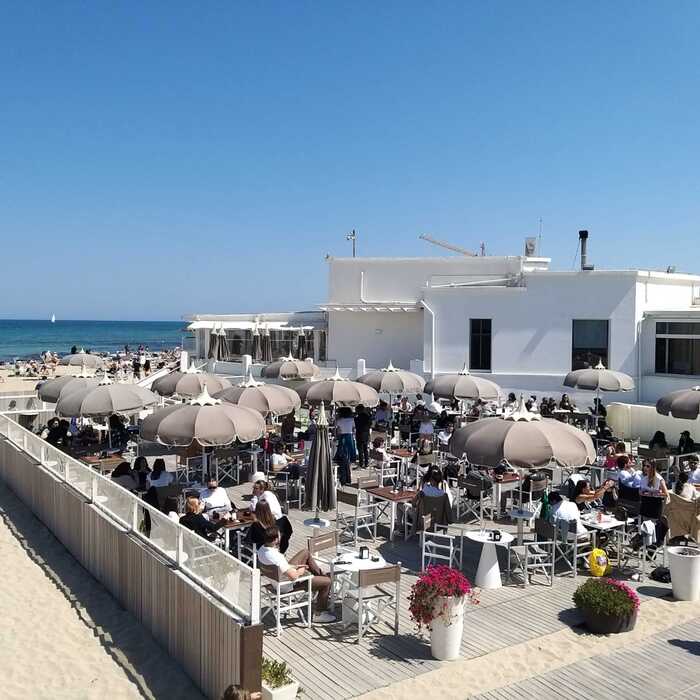Red alert in France.
If the heat wave makes an early return - France has not, since the weather records exist, experienced a heat wave episode so early in June - it is above all the multiplication of these trying climatic phenomena that is worrying.
These peaks should increase in the future, and are as many tests for the most fragile and the most exposed.
Especially since urban areas are very unevenly prepared for these big waves: “Whatever one may say, cities are extremely dense and polluted (…).
The heat therefore lodges there and becomes unbearable”, explains Marina Rotolo, doctor of architecture.
"At night, there can be ten degrees difference between the city center and the countryside," adds Valéry Masson, researcher at Météo France.
Overview of the most effective techniques to protect our cities from heat, both in the short and long term.
Water, a short-term ally
Water is an excellent tool for lowering body temperature: “The thermal conductivity of water is 24 times greater than that of air;
therefore, wetting the body with cool water will dissipate the heat by conduction,” says the National Collaborating Center for Environmental Health (NCCEH).
Based on this principle, cities are increasing the number of water points (fountains, swimming pools accessible for less, watering the sidewalks, etc.) and making misters available in public spaces.
Enough to lower the temperature of the soil, from 4 to 13 ° C, according to estimates by Ademe, the Agency for the environment and energy management.
Nevertheless, the massive use of water is not without consequences and pushes communities to think about more sustainable solutions.
Greening cities
If the heat wave affects the whole country, it is the cities that suffer the most from the heat.
In question, the materials used to build urban facilities.
Concrete, stone or even bitumen retain the heat accumulated during the day to release it during the night, explains the researcher.
The temperature therefore tends to stay high late into the night.
To better fight against the heat, the most obvious solution would be to green urban spaces.
Increasing the number of green spaces, parks in particular, makes it possible to lower the mercury: the trees alone contribute, thanks to the phenomenon of evapotranspiration and the shade caused, to lowering the temperature by 2 to 3°C.
And Marina Rotolo adds: “Each building should have a green outdoor space, on the model of roof terraces”.
The government – through its spokesperson Olivia Grégoire – seems to share these ambitions.
Following the Council of Ministers on Tuesday, 500 million euros were thus released to "co-finance alongside local authorities who express the need [of] renaturation operations" and generalize "islands of freshness".
Read also“I no longer say that the weather is going to be nice”: how the weather presenters change their tone in the face of global warming
It remains to be seen whether the amount announced by the government on Tuesday will be sufficient to cover the extent of the necessary adjustments.
The urban spaces of tomorrow
Thinking about the climate also means thinking about the long term.
To better live the heat wave peaks, renovating homes and thus better adapting them to temperature differences (and therefore to very hot weather) seems necessary.
“In neighborhoods that have already been built, there are solutions such as the renovation of materials.
(…) The fact, for example, of covering the houses with white paint makes it possible to reflect the light and therefore the heat in the atmosphere,” says Valéry Masson.
The phenomenon is also well known to Mediterranean countries, which have massively adopted white.
For example, Athens saw its temperature drop by 4°C when it replaced its asphalt surfaces with clear surfaces.
Finally, Ademe insists on the importance of air in urban cooling.
To do this, it is better to favor the construction of narrow streets, which are more likely to circulate fresh air currents.
Here again, the mercury may drop by a few precious degrees.







